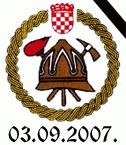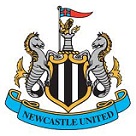ORIGINAL: PzB
Don't forget that I hired Albert 'Tojo' Speer to optimize my armaments industry Mike [:D]
The production numbers in this game could be reduced _severly_ if you reduced A2A lethality.
I would have been happy not having to re-equipp and train every single Daitai over again after a single engagements..*grumble*
"Alburtu Speeroku" eh? I've thought about that myself. Problem is even Speer had to have something to work with. And when the Zaibatsu (sic) forced some "rationalization" on the IJN and IJA in 1943 they pretty much accomplished anything Speer could have done. Successfully, as the difference between 1942 and 1944 production levels will attest. But the basic Japanese economic base was simply too small and too narrow. Too many parts of it (like the machine tools sector and the electronics sector for example) just couldn't keep up with the increasing demand. And there simply weren't enough skilled workers/technicians to go around. The US beat this by turning out virtually all war material on "assembly lines" in plants built or completely remodled for that purpose. The Japanese lacked the skill, tradition, management expertise and industrial base to go this route.












